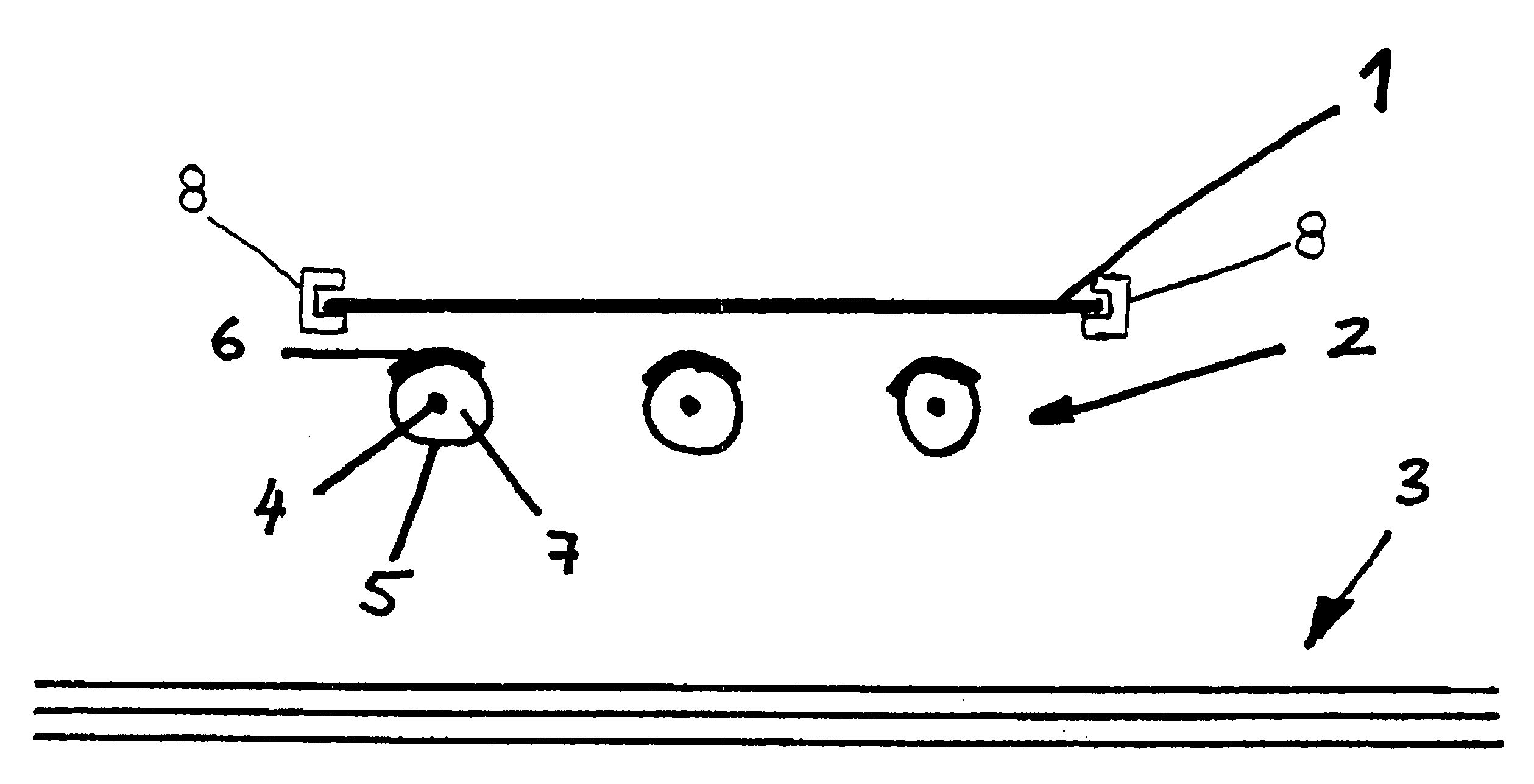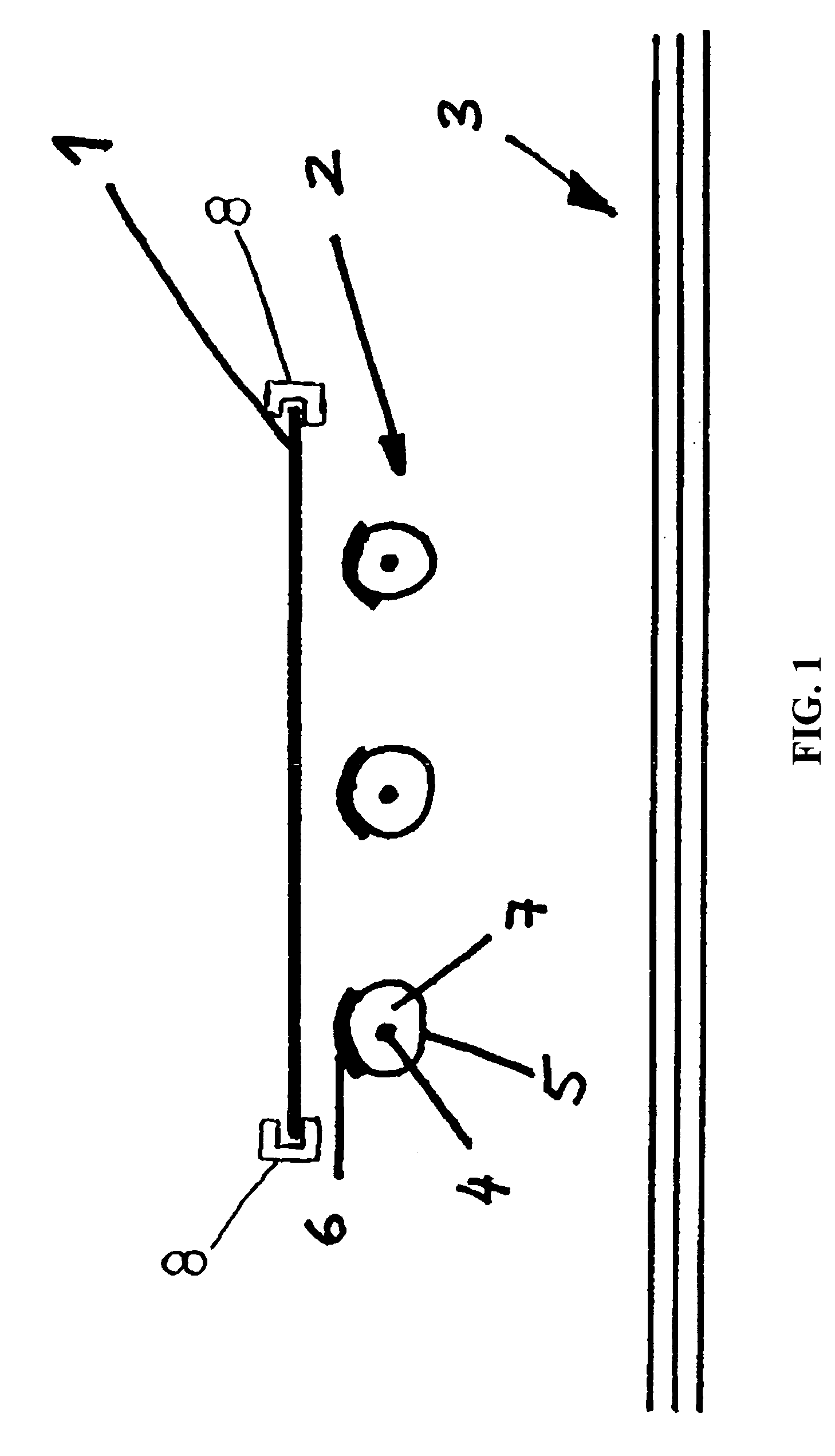Infrared heating element and a substrate type vacuum chamber, particularly for vacuum coating facilities
- Summary
- Abstract
- Description
- Claims
- Application Information
AI Technical Summary
Benefits of technology
Problems solved by technology
Method used
Image
Examples
Embodiment Construction
[0012] The infrared heating element according to the invention comprises a heating source that is surrounded by a protective means designed as a tubular metal jacket. The tubular jacket is coated at least to an extent with an infrared-emitting layer. The heating source sheath in the form of a tubular metal jacket not only protects the heating source, but also brings about an even distribution of heat as a result of thermal conduction within the tubular jacket. The fact that the tubular jacket is coated at least in part with an infrared-emitting layer increases the effectiveness of thermal radiation and enables the jacket temperature to drop while retaining the radiated thermal energy.
[0013] It is beneficial for the metal to have an emittance of between 0.1 and 0.4 and for the infrared-emitting layer to have an emittance of more than 0.7, preferably of more than 0.8 and particularly of more than 0.9. Such an infrared-emitting layer approximates a black body very closely in terms of ...
PUM
 Login to view more
Login to view more Abstract
Description
Claims
Application Information
 Login to view more
Login to view more - R&D Engineer
- R&D Manager
- IP Professional
- Industry Leading Data Capabilities
- Powerful AI technology
- Patent DNA Extraction
Browse by: Latest US Patents, China's latest patents, Technical Efficacy Thesaurus, Application Domain, Technology Topic.
© 2024 PatSnap. All rights reserved.Legal|Privacy policy|Modern Slavery Act Transparency Statement|Sitemap


